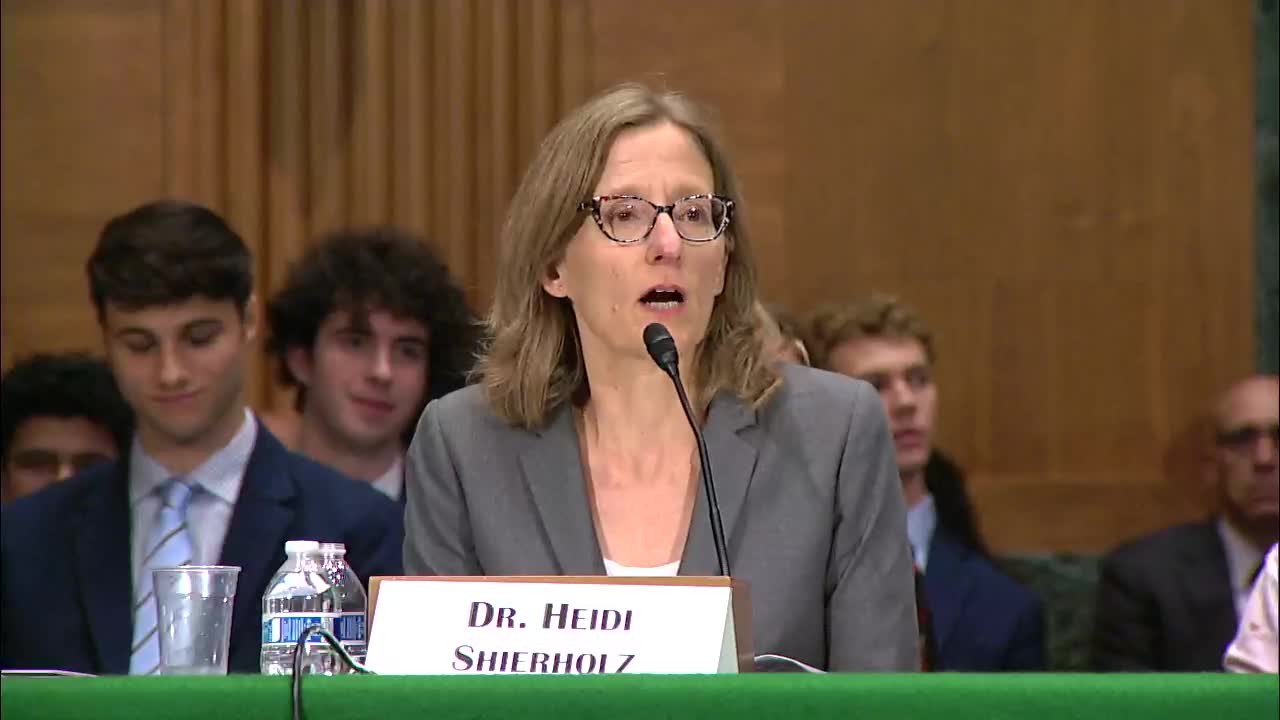Minnesota leads charge to ban non compete clauses
July 30, 2024 | Banking, Housing, and Urban Affairs: Senate Committee, Standing Committees - House & Senate, Congressional Hearings Compilation

This article was created by AI summarizing key points discussed. AI makes mistakes, so for full details and context, please refer to the video of the full meeting. Please report any errors so we can fix them. Report an error »

In a recent government meeting, discussions centered on the implications of non-compete clauses in employment agreements, highlighting their prevalence among low-wage workers and the broader economic consequences of such restrictions. Evidence presented indicated that non-compete agreements are not limited to high-wage earners, with studies revealing that the median affected worker earns only $14 an hour. This raises concerns about the widespread impact of these clauses across various income levels.
Advocates for banning non-compete agreements argue that such a prohibition should apply universally, not just to low-wage workers. They emphasized that higher-wage employees are often in a better position to negotiate their employment terms, including non-compete clauses. However, the economic ramifications of these agreements extend beyond wage suppression; they can hinder business formation, reduce productivity, stifle innovation, and lead to increased prices.
The meeting also referenced recent legislative changes in Minnesota, where a ban on new non-compete clauses was enacted in 2023, making it the fourth state to implement such a prohibition. The Minneapolis Federal Reserve anticipates that this legislative shift will enhance worker mobility and generate additional economic benefits. Interviews with lower and middle-wage workers revealed that those previously bound by non-compete agreements experienced significant stress and anxiety, underscoring the psychological toll these clauses can impose.
Overall, the discussions highlighted a growing consensus on the need for comprehensive reforms regarding non-compete agreements, with a focus on fostering a more equitable and dynamic labor market.
Advocates for banning non-compete agreements argue that such a prohibition should apply universally, not just to low-wage workers. They emphasized that higher-wage employees are often in a better position to negotiate their employment terms, including non-compete clauses. However, the economic ramifications of these agreements extend beyond wage suppression; they can hinder business formation, reduce productivity, stifle innovation, and lead to increased prices.
The meeting also referenced recent legislative changes in Minnesota, where a ban on new non-compete clauses was enacted in 2023, making it the fourth state to implement such a prohibition. The Minneapolis Federal Reserve anticipates that this legislative shift will enhance worker mobility and generate additional economic benefits. Interviews with lower and middle-wage workers revealed that those previously bound by non-compete agreements experienced significant stress and anxiety, underscoring the psychological toll these clauses can impose.
Overall, the discussions highlighted a growing consensus on the need for comprehensive reforms regarding non-compete agreements, with a focus on fostering a more equitable and dynamic labor market.
View full meeting
This article is based on a recent meeting—watch the full video and explore the complete transcript for deeper insights into the discussion.
View full meeting